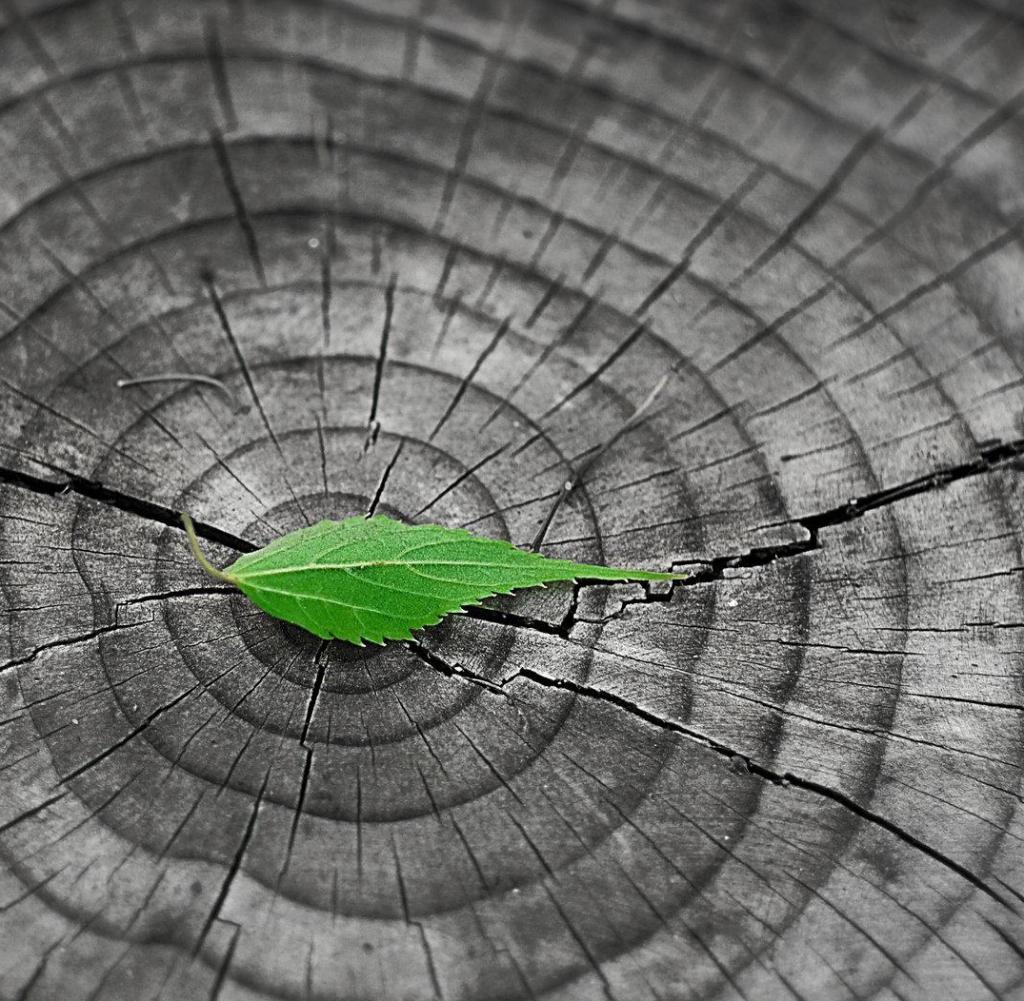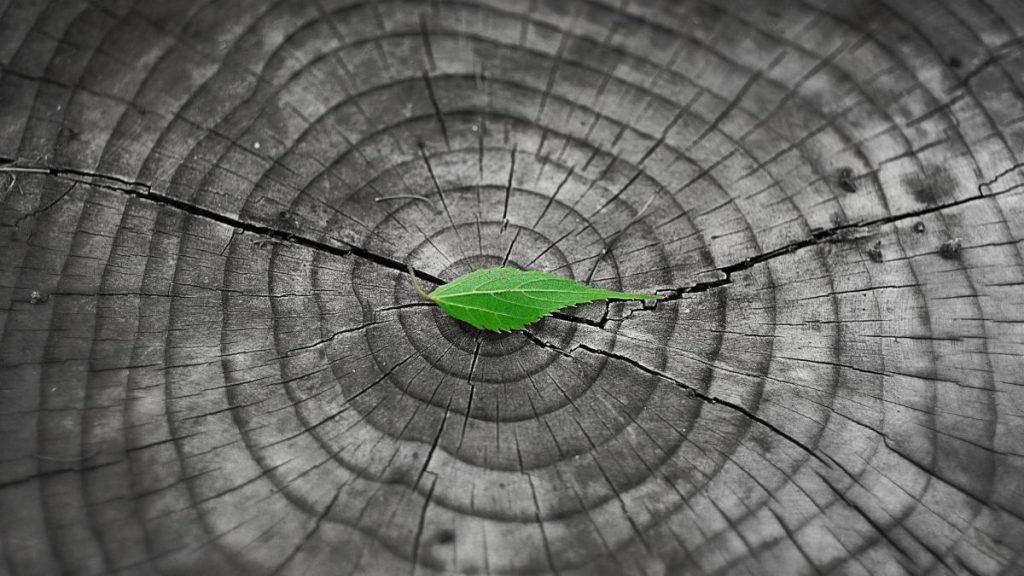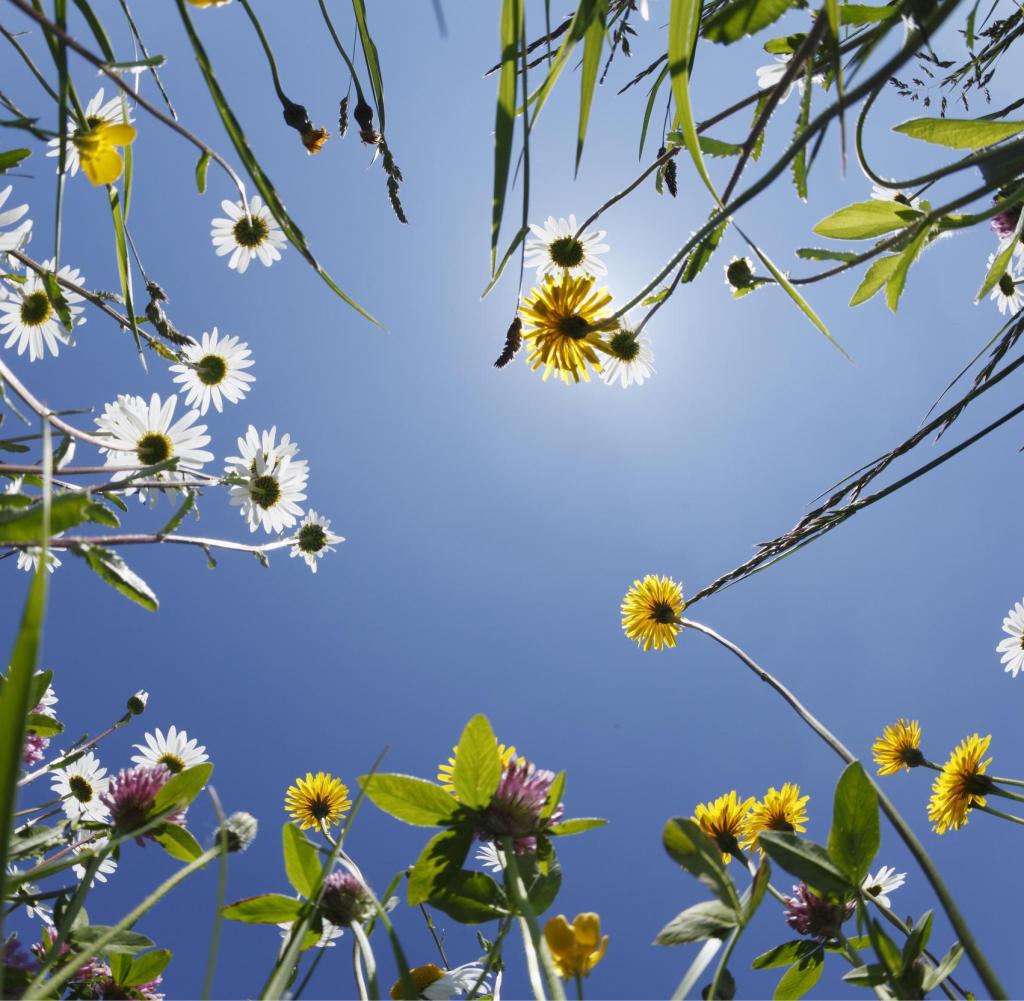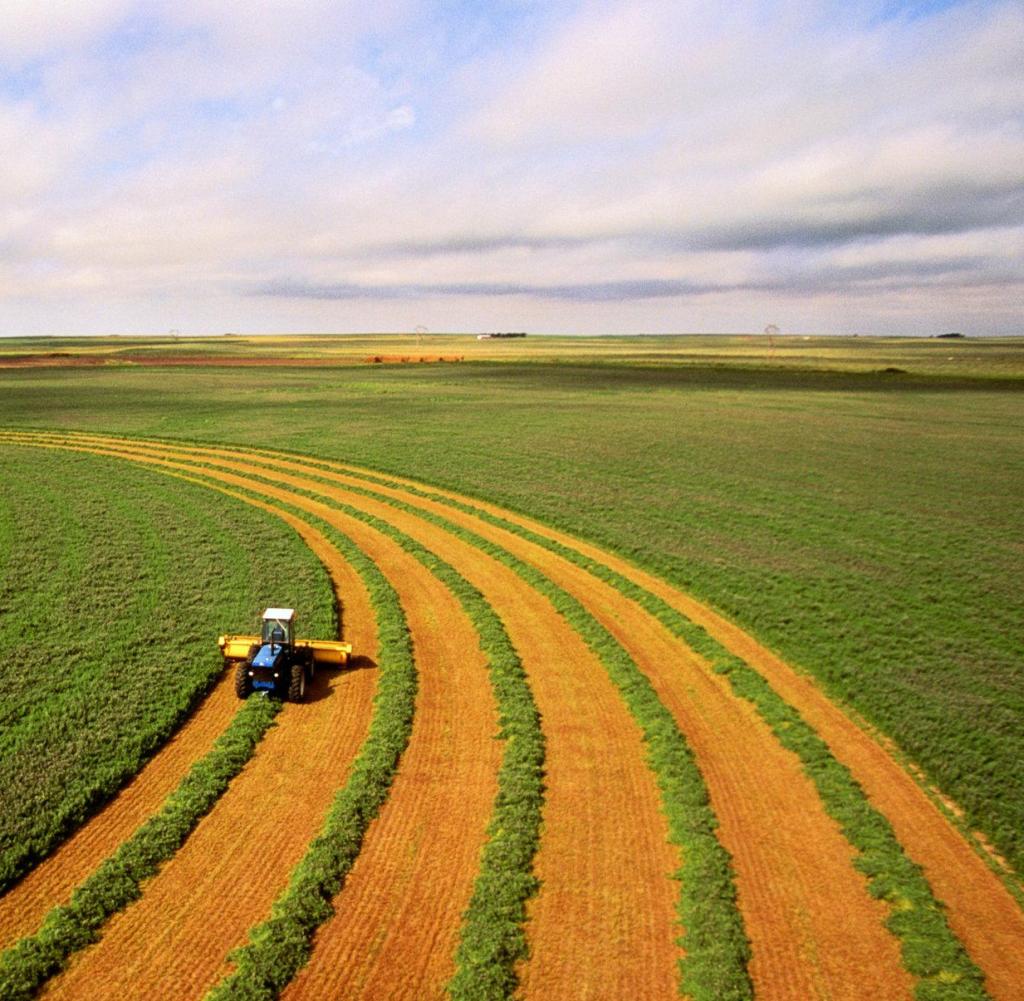There is a shortage of nitrogen in nature


Analyzes of growth rings and leaves demonstrated nitrogen deficiency in nature
Source: Getty Images
Fields are over-fertilized and contain large amounts of nitrogen. But the element is missing in nature, plants can no longer grow well. The high levels of carbon dioxide in the atmosphere seem to have something to do with it.
sNitrogen is essential to life, as are oxygen, water and carbon. Without nitrogen there would be no cells and no life. Because the element is necessary to build proteins.
But it now appears that this vital substance is becoming rare in nature. US scientists warn that the usable nitrogen content has been declining in many ecosystems for decades. There are now several observations that a decrease in nitrogen used by microorganisms and plants is associated with an increase in carbon dioxide (CO).2) Up in the air.
Increase in temperature and changing rainy seasons can also play a role. The team around Andrew Elmore from National Center for Social and Environmental Synthesis in Annapolis (USA) general study Published in the journal Science.
Researchers evaluated 100 scientific studies on various natural ecosystems. Whether bound nitrogen is measured in soil, in the waters of streams and rivers, or in parts of plants: a downward trend can be seen everywhere in these ecosystems.
When plants receive less nitrogen, they grow slower and the leaves are less nutritious. This leads to reduced growth in some insects and their predators and in some cases to fewer offspring. Plant nitrogen affects the entire food chain.
Nitrogen is also a major component of fertilizers. Therefore, with regard to intensive agriculture, there are also many areas with an increased supply of nitrogen compounds, which leads to algal blooms in water bodies and a decrease in dissolved oxygen in water.
Communication is not fully understood
“There is too much nitrogen and too little nitrogen on Earth at the same time,” says Rachel Mason of the National Social and Environmental Synthesis Center, lead author of the study. This is because the availability of nitrogen-containing compounds to plants and animals is unevenly distributed depending on the region.
The downward trend in nitrogen available in ecosystems began at different times, depending on the series of studies: when analyzing several isotopes of chemical elements in annual rings, American researchers found that the trend began around 1930. Measurements in lake sediments and leaf samples showed that nitrogen depletion began Early in the early twentieth century.
The higher the carbon dioxide content in the atmosphere, the lower the nitrogen content in plants. This link is shown by completely different studies, even if the exact mechanism is unknown. The increased carbon dioxide content in the air can lead to increased plant growth. One consequence of this may be an increased need for nitrogen, which natural cycles lack, the researchers wrote. However, there is as yet no comprehensive model to identify large-scale trends in nitrogen availability to plants and microorganisms.
The researchers complain that the relationship between the carbon and nitrogen cycle is not demonstrated by about half of the scientific models of the Earth system. If this is taken into account, model calculations in terrestrial ecosystems have shown a decrease in the carbon dioxide uptake capacity in the recent past.
Elmore and colleagues write that as protein uptake is linked to growth and reproduction in herbivores, lower nitrogen concentrations in leaves may contribute to widespread declines in insect populations and negatively affect growth in grazing livestock and wild herbivorous mammals. They demand an annual report that provides scientists, environmental managers and policy makers with the status of the nitrogen cycle based on updated measurements and analyses.

“Total coffee aficionado. Travel buff. Music ninja. Bacon nerd. Beeraholic.”










More Stories
Coral Seeding: Artificial Insemination Makes Coral More Heat Tolerant
Fear, Anger, and Denial: How People Respond to Climate Change – Research
LKH Graz: Using radiation to combat heart arrhythmias